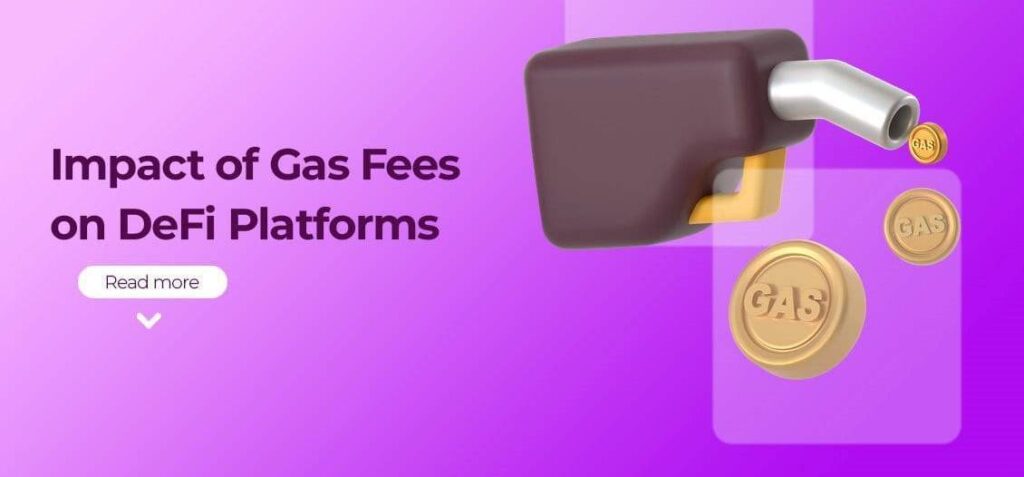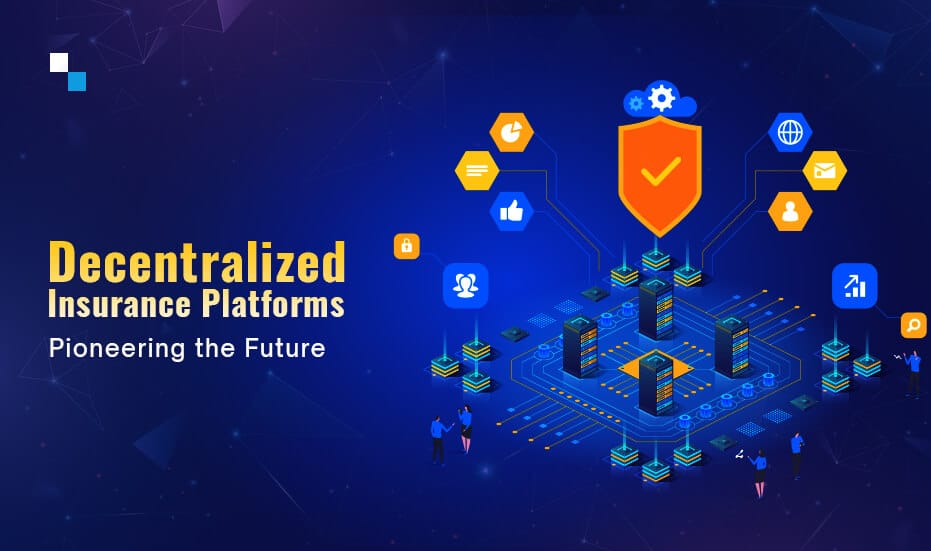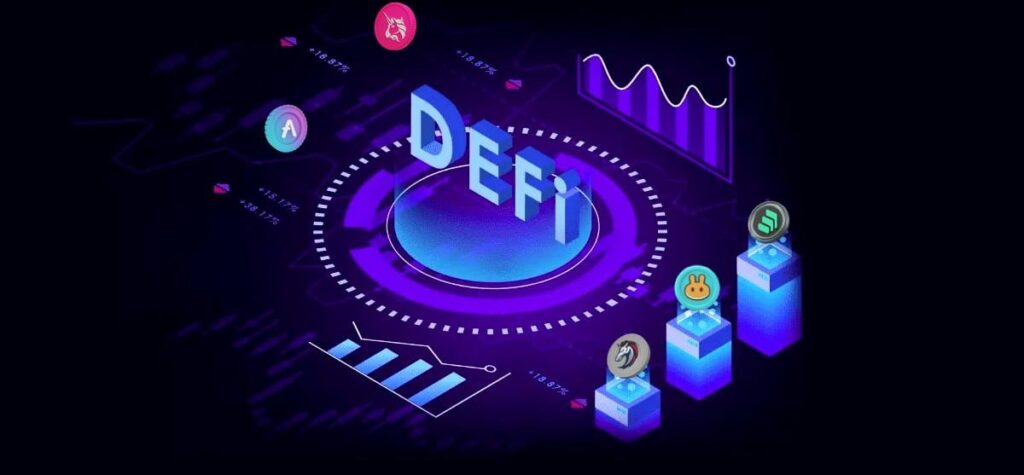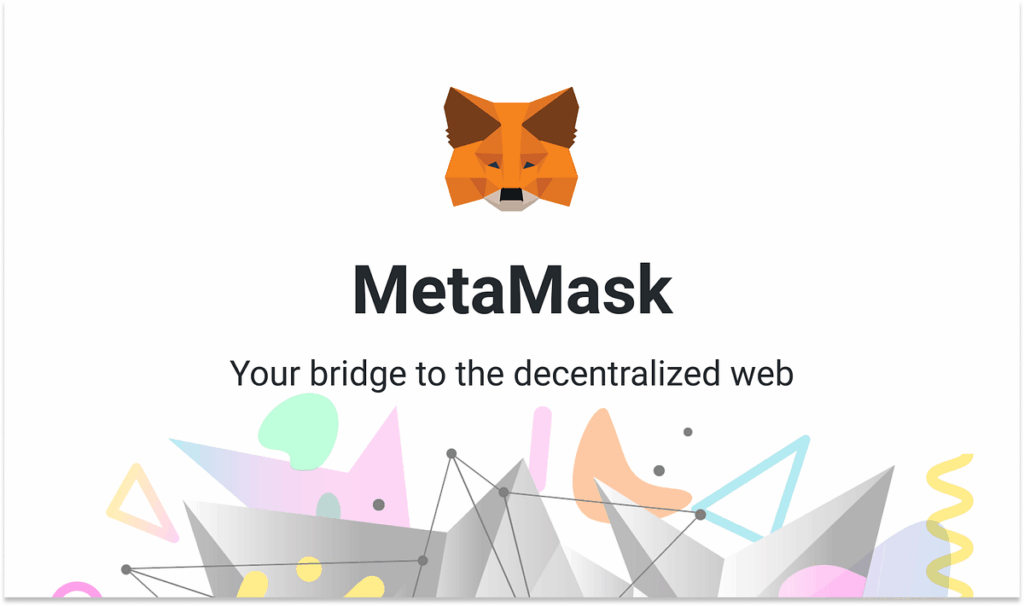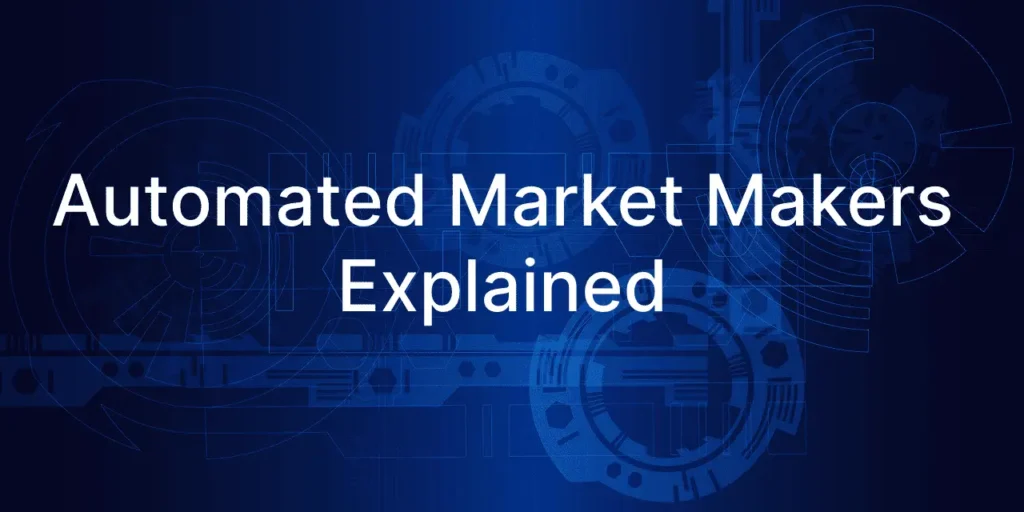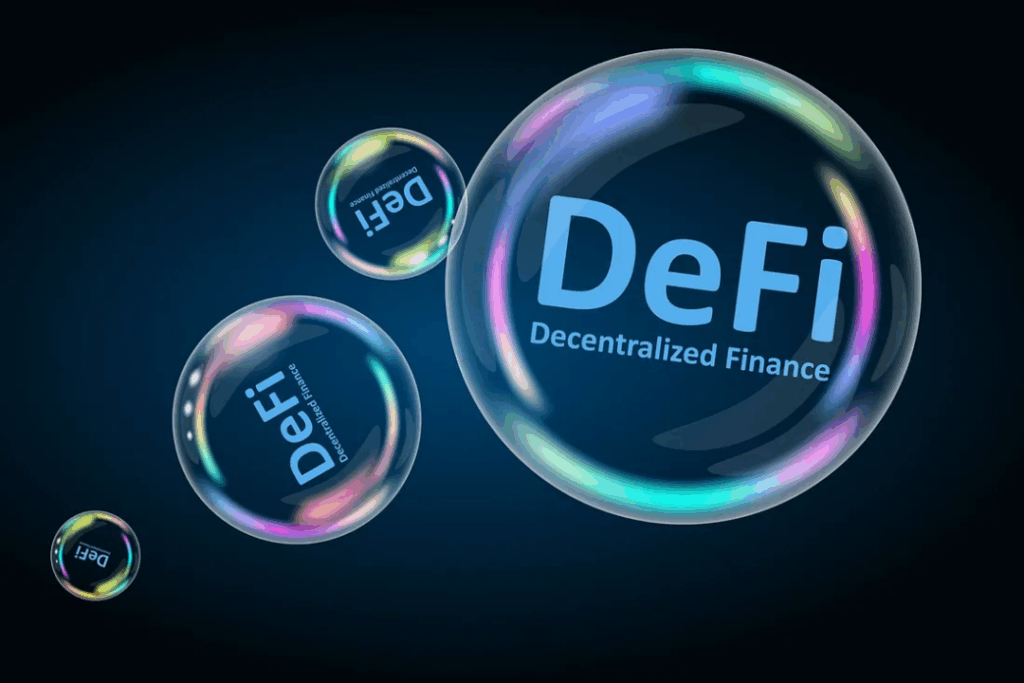Understanding Automated Market Makers (AMMs)
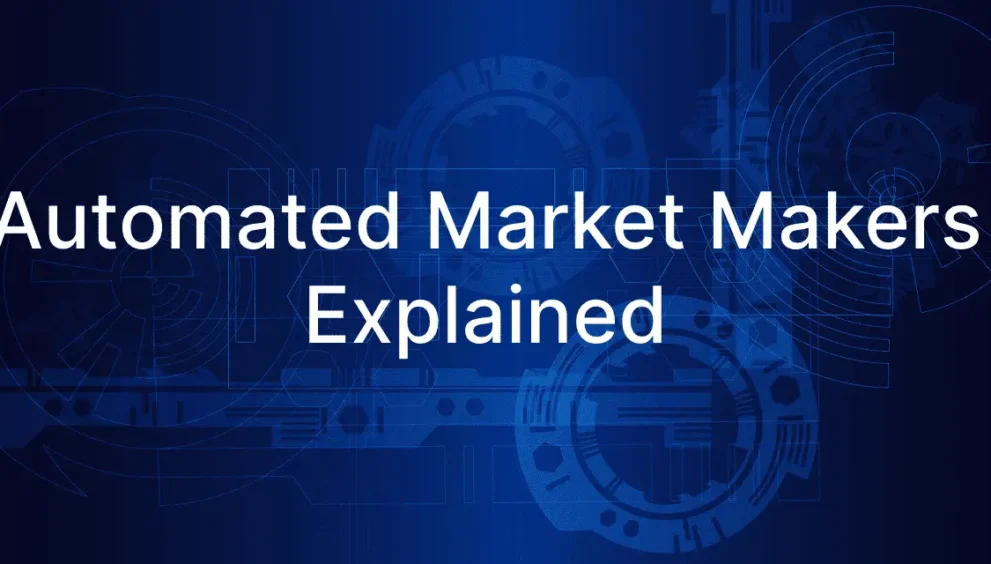
If you’ve spent even a little time exploring crypto or DeFi, you’ve probably come across platforms like Uniswap or SushiSwap. They let you swap tokens quickly, without signing up or waiting on someone else. Pretty cool, right?
Well, behind the scenes, that magic is powered by something called an Automated Market Maker, or AMM for short.
And yeah, the name sounds kind of robotic. But don’t let that scare you off. Once you get it, it’s actually a pretty clever and surprisingly simple concept.
Let’s break it down in simple terms.
Automated Market Makers: An Overview
In traditional finance, if you want to trade something – say stocks – you use an order book. Buyers place bids, sellers set their asking prices, and the platform (like Robinhood or Coinbase) matches them up.
AMMs toss that whole idea out the window.
Instead, they let you trade against a pool of tokens, not a person. The price isn’t set by someone on the other end – it’s decided by a formula. You’re interacting with code, not another trader.
In most AMMs, that formula looks like this:
x * y = k
Sounds like high school math, but here’s what it really means:
- There are two tokens in a pool—say ETH and USDC.
- If you add ETH to the pool, the system gives you USDC based on how much ETH is already there.
- But because the equation must stay balanced, the more you take, the more the price shifts.
That’s how prices are automatically set. It’s like a see-saw. The more weight you add on one side, the higher the other side goes.
Real Talk: How Does This Work in Practice?
Let’s say there’s a pool with 10 ETH and 10,000 USDC. That tells us 1 ETH is worth 1,000 USDC, right?
Now imagine you want to trade 1 ETH for USDC. You drop your ETH into the pool, which now has 11 ETH. In return, the smart contract gives you a little less than 1,000 USDC. Why? Because the price changed slightly when you added to the ETH side.
That difference is called slippage. And the bigger your trade compared to the pool size, the more slippage you’ll get.
So yeah, smaller pools = more price movement. That’s just how it works.
Who’s Supplying All These Tokens?
Glad you asked.
These pools don’t fill themselves. Regular users—people like you and me—can become liquidity providers (LPs). Basically, you deposit equal values of two tokens (like ETH and USDC) into a pool. In return, you earn a cut of the fees from every trade that happens there.
Sounds great, right? Free money?
Well… not exactly.
There’s something called impermanent loss. It’s a fancy way of saying: if the token prices change too much after you added them to the pool, you might have made more money just holding them in your wallet.
It’s not always a loss, but it can be. Just something to be aware of before diving in.
Not All AMMs Work the Same Way
There are different styles of AMMs out there, depending on the type of assets being traded.
● Constant Product (x * y = k)
This is the OG. Works great for most tokens. Used by Uniswap and PancakeSwap.
● Constant Sum (x + y = k)
Not used much—it allows zero slippage until the pool runs out, but it’s super vulnerable to exploits.
● Hybrid AMMs
Think of Curve. It focuses on stablecoin swaps (like USDC to DAI), where prices stay close. It’s optimized to give the best rate with minimal slippage.
● Dynamic AMMs
These adjust the formula based on market conditions. Balancer is a good example. Super flexible, but a bit more complex.
Why Are People So Into AMMs?
For starters, they’re open to everyone. You don’t need permission. If you have a wallet and some tokens, you can trade or add liquidity.
Also, AMMs are always online. No trading hours. No delays. Just instant swaps, any time, anywhere.
And for new projects? It’s a dream. Instead of begging to be listed on a centralized exchange, you can just create a pool and boom—you’re tradable.

What Could Go Wrong?
Well, AMMs aren’t perfect. Let’s not sugarcoat it.
● Impermanent Loss
We talked about this already, but yeah—it’s a real risk. If token prices swing too much, you might come out with less than you put in.
● Front-Running (a.k.a. MEV)
Because everything’s public on the blockchain, bots can spot your trade before it goes through and jump ahead of you. It’s annoying, and it’s called miner extractable value.
● Smart Contract Risks
If there’s a bug in the AMM’s code, funds can be stolen or frozen. Some platforms are audited, which helps, but nothing is 100% safe.
● Price Slippage
If you’re trading in a small pool, prices can move a lot—even on small trades. You might end up getting less than you expected.
Where Are AMMs Headed?
Honestly, the tech is just getting started. Here’s what’s on the horizon:
1. Concentrated Liquidity
Uniswap V3 lets LPs choose price ranges for where they want to provide liquidity. This makes trading more efficient, with less wasted capital.
2. Cross-Chain AMMs
New tools are linking pools across multiple blockchains. That means better prices, lower fees, and more options.
3. DeFi Mashups
AMMs are being combined with lending, staking, options—basically turning DeFi into a one-stop shop.
4. Smarter Algorithms
Some teams are working on adaptive AMMs that adjust based on demand, volatility, and other signals. Think of it as DeFi with a brain.
Wrapping It Up
So yeah, AMMs are a game-changer. They flipped the script on how trading works in crypto.
You don’t need to wait on a buyer. You don’t need a centralized exchange. You don’t even need to trust anyone, really. Just plug in your wallet and go.
Are there risks? Of course. But for many people, the benefits far outweigh them—especially if you take the time to understand how things work. And now, you do.
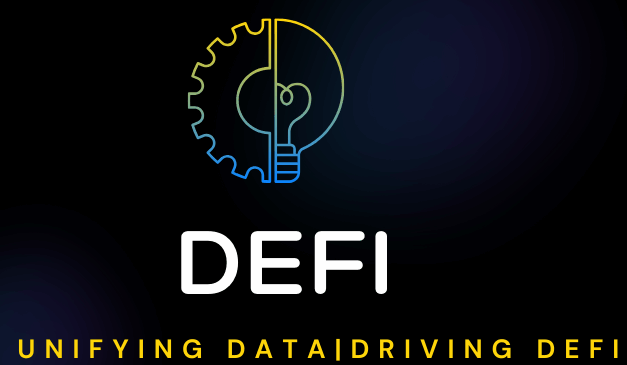

 English
English 


